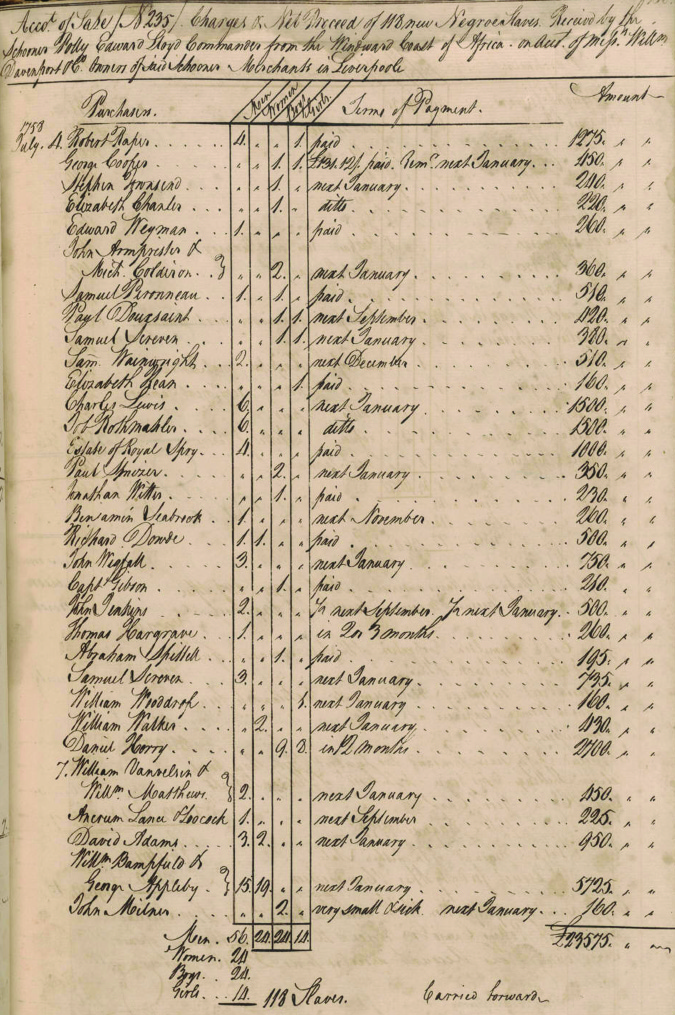Chapter 2: 1607-1763 Inquiry Organizer

Compelling Question: What religious, political, and social movements and events fostered a sense of autonomy from Great Britain among the American colonists between 1607 and 1763? |
|
Chapter Objectives:
|
Some components of this resource may contain terminology that is no longer used because the terms are recognized to be offensive or derogatory, and some components may contain images that would be considered offensive or derogatory today. These terms and images have been retained in their original usage in order to present them accurately in their historical context for student learning, including understanding why these are not acceptable today.



